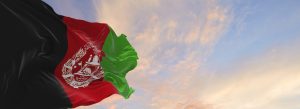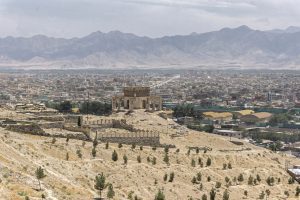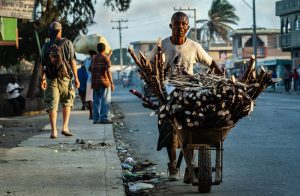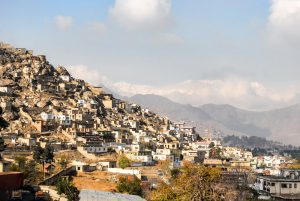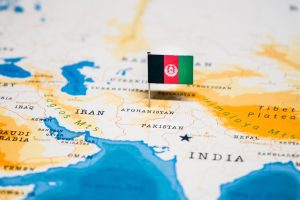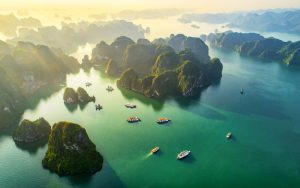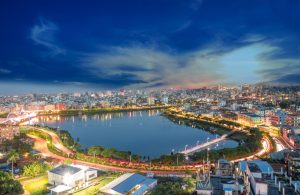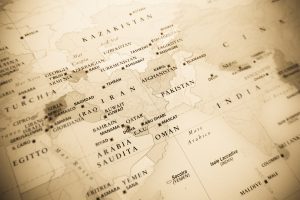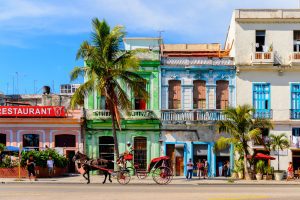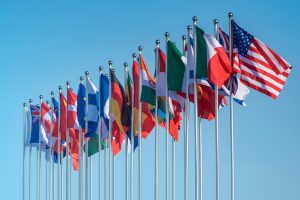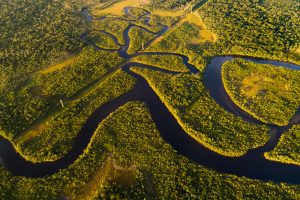Afghanistan is a nation located in the southern part of Central Asia. The country covers around a quarter of a million square miles and boasts a population that is just shy of 35 million.
A large portion of the Afghan population resides in Kabul, which is the capital of Afghanistan.
In this article, we look at the six countries that border Afghanistan: China, Iran, Pakistan, Tajikistan, Turkmenistan, Uzbekistan and consider each country’s relationship with the nation and people of Afghanistan.
Table of Contents
Geopolitical Afghanistan
Afghanistan is covered by various terrains, including prairies, deserts, plains, and the Hindu Kush mountains. The country is completely landlocked, making it important for Afghanistan to maintain good relationships with its neighbors.
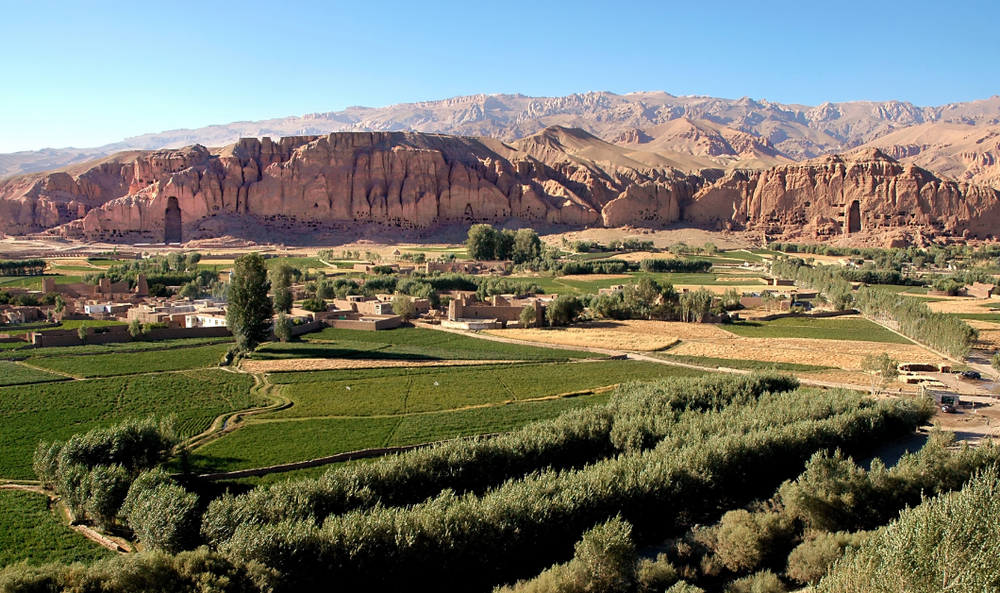
However, as we’ll see later, Afghanistan often has tense relations with its neighboring countries.
Five interesting facts about Afghanistan
- Afghanistan comes ninth on the list of the landlocked countries in the world by size.
- The inhabitants of Afghanistan are known as Afghans and the currency is called Afghanis – people often confuse the two.
- New Year is celebrated by Afghans on March 21. The festival is a pre-Islamic celebration that is observed by a crowd of thousands of people from all over Afghanistan in the town of Mazar-e-Sharif. They refer to it as “Nawroz.”
- Until September 2021, there was only one Jewish person living in Afghanistan. The name of the person is Zablon Simintov. He’s a restaurateur as well as an Afghan rug trader.
- Afghanistan has one of the richest deposits of lithium, cobalt, and several other rare minerals.
Afghanistan and China

China has had a relationship with Afghanistan for quite a while, but the raging conflict between the U.S. and the Taliban caused the two parties to put their relationship in the backseat.
Recently, the U.S. troops’ withdrawal has led to better stability in the relationship between China and Afghanistan.
The value of Afghanistan’s diplomatic status has changed with China and is growing in importance as Beijing increases its investments abroad, assumes a bigger part in global governance, and bolsters security at home.
The first time China was involved with Afghanistan was in the late 1980s when China assisted the United States, Pakistan, and Saudi Arabia to arm the Afghan mujahedeen in the fight against the Soviet Union after it invaded to install a government that was loyal to Moscow.
The year was 1982, and then-president Deng Xiaoping pointed out that although problems within Afghanistan were important to the world at large, Afghan problems were particularly worrying for China since the two countries shared a common border.
China and Afghanistan’s Border
The shortest border in Afghanistan, situated in the northeast region, is shared by China.
The border is situated near what is often referred to as the Afghan Panhandle, an area that extends out into Afghanistan across Pakistan and Tajikistan, creating a region of 220 miles in length between the two countries.
The width of the panhandle varies from 8 miles at its narrowest point to 40 miles at its widest. The sole mountain pass that connects these two countries is the Wakhjir Pass, which was utilized during the Silk Trade.
One incredible point to note is that the border crossing here results in the biggest time jump globally, as the difference in clocks between Afghanistan and China is 3.5 hours!
Afghanistan and Iran

Despite the U.S.’s war in Afghanistan, Iran has retained a wide-ranging impact on its neighbor to the east. It has played both sides in the war, assisting the government that was in Kabul while establishing ties to the Taliban.
As the Taliban take over the country following the withdrawal of U.S. and NATO forces, Tehran is engaging pragmatically with the militant group to ensure its national security plan.
There are three motives why Iran would implement this approach despite years of conflict with the Taliban: Iran needs water and lots of it.
Iran also seeks to protect its borders from terrorists and refugees – as well as drug trafficking – and wants to block the other governments of regional countries’ efforts to gain entry into Afghanistan.
A willingness to capitalize on U.S. mishaps guides Iran’s course.
Three days before the Taliban took over Kabul, the capital of Afghanistan, Iran was the first country to officially recognize the terrorist group by calling them “the Islamic Emirate of Afghanistan.”
Afghanistan and Iran’s Border
The borders between Iran and Afghanistan are situated in Afghanistan’s southwestern and western areas.
The border is distinguished by the plateau and desert environments that seamlessly blend with the other countries. The northern part of this border is characterized by the Heray River, which is often referred to by the name of Hari.
This river is crucial to Afghanistan since it is the longest in the nation.
Iran and Afghanistan have been through significant political turmoil, with the most notable being in the border region, which has resulted in violence in the region.
Afghanistan and Pakistan
Afghanistan and Pakistan have a long tradition of tension characterized by five consistent drivers: sovereignty concerns and security concerns, geopolitical and geopolitical issues, border-crossing ties, connections, and trade.

Together, these factors influence the future direction of Afghan and regional stability.
Since the conflict is nearly likely to escalate as the U.S. or international military leave, the relationship between Afghanistan and Pakistan is expected to worsen.
Anger from both sides could block any chance for a settlement through negotiation.
Afghanistan and Pakistan’s Border
This 1,510-mile border, known as the Durand Line, is the longest frontier in Afghanistan.
The border is located in Afghanistan’s southeast and was created in a formal deal between the diplomatic representative of the British Raj and the ruler of Afghanistan. The deal was signed in November 1893.
The Durand Line effectively divides the Pashtun tribal lands from Afghanistan in the direction of Pakistan. Today, this border is frequently recognized as being among the most dangerous borders in the world.
The year 2017 saw the then Afghan government continue to insist on never recognizing the official border between the two countries as the Durand Line.
Afghanistan and Tajikistan
Tajikistan is located next to Afghanistan’s northeastern region along the Afghan provinces of Balkh, Kunduz, Takhar, and Badakhshan.
The 745-mile border is situated at the point of intersection between the Hindu Kush and Karakoram Mountains. It is distinguished by its rugged, inhospitable terrain.
A Central Asian republic with a Muslim majority population, Tajikistan is a small, landlocked nation. It is thought of as unstable, undemocratic, and economically volatile. Tajikistan was a Soviet Union republic up until 1991.
In 1979, Tajikistan, together with other Soviet Socialist Republics in Central Asia, supported Moscow when the latter sent forces into Afghanistan to occupy it.
Its support of the Soviets sparked hostility between the Afghan Mujahadeen and Tajikistan.
Tajikistan and the Afghan Mujahadeen
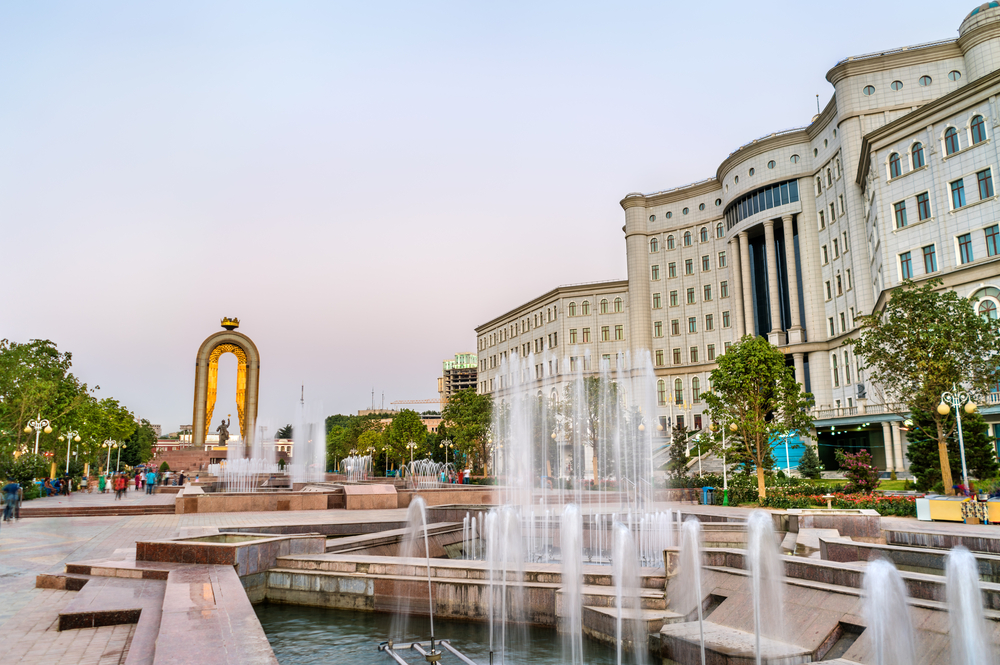
Because of the close connection of culture and kinship between Afghanistan and Tajikistan, many Tajiks were secretly part of the Afghan jihad and joined the Mujahadeen.
Following the Soviet withdrawal from Afghanistan in 1989, some Tajik soldiers joined the Islamic Renaissance Party (IRP) that opposed the communist leader in Tajikistan, Emomali Rakhmonov, who is still in power.
A bloody civil war broke out between the IRP and the state, which was fought from 1992 to 1997.
Afghanistan and Tajikistan’s Border
The border between Tajikistan and Afghanistan is approximately 810 miles. It is mostly characterized by challenging and treacherous terrain. The Amu Darya River makes up part of the border.
Both governments are worried about their borders. Crossing the Panj River and spanning a length of 2,205 feet is the Tajikistan-Afghanistan Friendship Bridge.
It is one of the several access points the two countries have between them, and it is the most well-known.
The bridge was constructed by the U.S. Army Corps of Engineers – which provided the funds for its construction – and was completed in 2007. Unfortunately, it has become among the top drug-transfer zones located in Central Asia.
Afghanistan and Turkmenistan
The Turkmen are a Turkic racial grouping that lives throughout Iran, Afghanistan, and Turkmenistan. Turkmenistan’s approximately 5 million population is quite homogenous.
The Turkmen comprise 85 percent of the people of Turkmenistan. In Afghanistan, the Turkmen populace is just three percent, roughly one million.
The Turkmen population of Afghanistan is concentrated mostly along the northern border of Turkmenistan and Uzbekistan.
The sharing of the ethnic population results in a certain cultural overlapping between Turkmenistan and some parts of Afghanistan.
Turkmenistan’s President Saparmurat Niyazov

Relations between Turkmenistan and Afghanistan have been sporadic in recent decades due to Afghanistan’s isolation during the leadership of the eccentric Saparmurat Niyazov.
Niyazov took office in 1985. He announced that he was “President for life” after independence from the Soviet Union in 1991.
Niyazov presided till his demise, after which he was replaced by Gurbanguly Berdimuhamedow. Niyazov was a man who maintained strict neutrality in international matters.
Although the Niyazov regime had generally good relations with the Taliban during the 1990s, it was a strong supporter of the invasion by the United States.
It had a positive relationship with the administration headed by Hamid Karzai. The successor to Nizayov’s presidency, President Gurbanguly Berhim, was also in good standing with former Afghan president Hamid Karzai.
Afghanistan and Turkmenistan’s Border
Turkmenistan is located north of Afghanistan. Consisting of the Amu Darya River, the two countries have a border that is 462 miles long.
The region between Afghanistan and Turkmenistan is marked by a flat, sloping landscape that extends into Turkmenistan, gradually transforming into the Karakum Desert.
As with many international borders around Afghanistan, the border between Afghanistan and Turkmenistan is considered dangerous because of the high level of drug trafficking.
The two governments have a cordial and functional relationship, even though Turkmenistan did not denounce U.S.-led strikes on the Taliban regime.
Afghanistan and Uzbekistan
It’s been a while since the international community has had to confront the reality that the Taliban controls Afghanistan.
Some countries are still hesitant or unsure of their position regarding the Taliban-led government.
However, with its 100-mile border with Afghanistan, Uzbekistan has proven that it is willing to speak and trade in partnership with the Taliban.
Some see Uzbekistan’s decision to work with the Taliban as being purely pragmatic. There are, after all, security concerns to be considered.
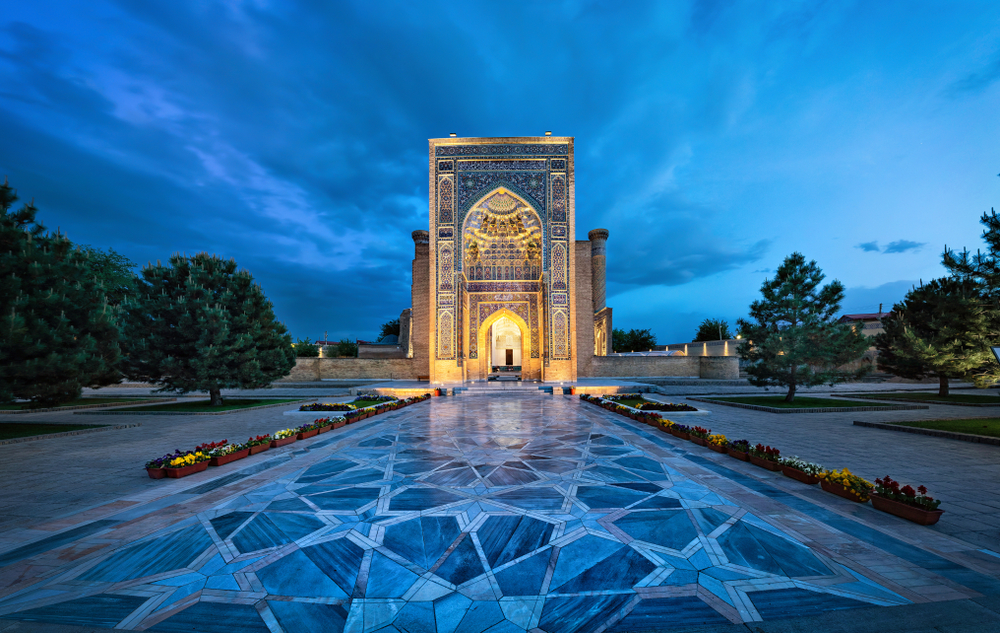
There are people from Uzbekistan within Afghanistan who belong to different extremist groups. Some are associated with the Taliban and others are not.
The Uzbek government would like to ensure that these individuals never return to Uzbekistan. However, the Uzbek government hasn’t demonstrated any interest in negotiating with the Taliban.
Meanwhile, the Taliban has pledged not to let anyone exploit Afghan territory to plan attacks against neighboring countries.
Afghanistan and Uzbekistan’s Border
Afghanistan and Uzbekistan share a relatively small border that spans around 89 miles. Its border with Uzbekistan and Afghanistan is often described as being the second most protected border in the world.
The two countries are connected by the Afghanistan-Uzbekistan Friendship Bridge which, along with the rest of the border, is closely supervised by soldiers and guards from Uzbekistan.
The government of Uzbekistan has financed the construction and the installation of fortifications along the border, lined with electric fencing, barbed wire, and hidden explosives.
In 2001, the barriers were increased to stop refugees from fleeing the U.S.-led terror attacks in Afghanistan.
Landlocked Afghanistan
Being landlocked is one of the most problematic situations a country can find itself in, particularly in the present global economy, which is heavily influenced by maritime commerce.
Afghanistan is a victim of this landlocked geographical location. As such, its tense relations with many of its neighbors present problems that Afghanistan (and its citizens) must face every day.


